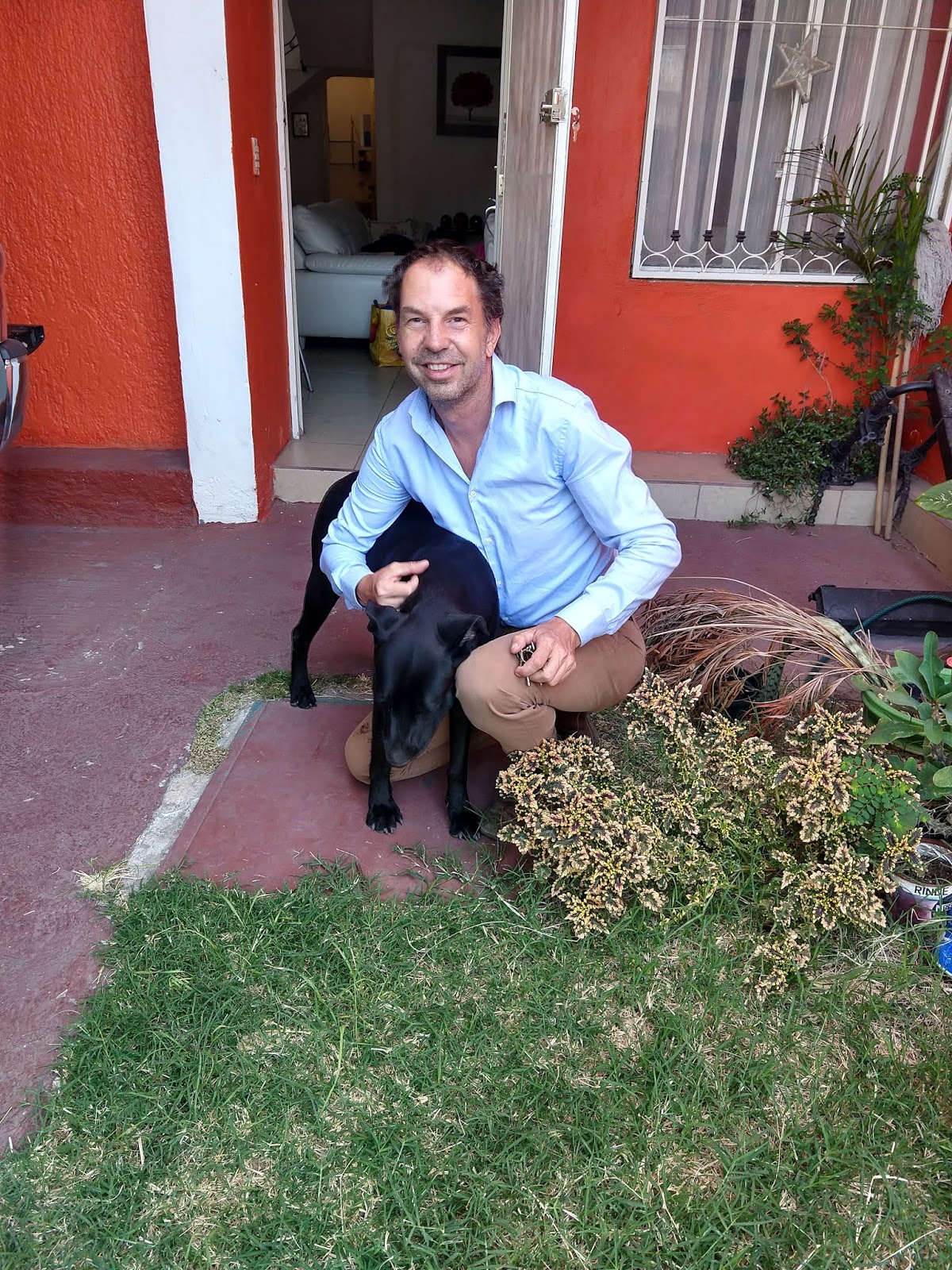and three musical instruments, we wanted to take our Toyota Tacoma with us.
Many people just hop on a plane with a couple of suitcases, but we needed more
space. So before we left Colorado, we ordered a topper for the back of our 2012
Toyota Tacoma. When an accident totaled the truck, we replaced it with a newer
model that still fit the topper.
 |
| The car and all the stuff. |
Car Rules in Mexico
vehicles into Mexico. You’re OK if you only plan to take a vehicle within
Mexico’s Free Zone (Baja peninsula, large parts of Sonora and up to 20-26
kilometers from the border). However, if you want to go further than that, you
need to get a Temporary Import Permit(TIP). You can get this online or at the
Banjercito at the border crossing.
Colorado for the new truck, we didn’t have the title or registration when we
left. We eventually got the title, but we needed to have some physical presence
back in CO to get the registration document. So we changed plans. Since we were
going to be spending time at one of our vacation homes in Ludlow, VT, before
heading to Mexico, we decided to register the truck in Vermont, expecting to get
the plates and registration on the spot. It didn’t happen that way. Vermont
took our Colorado title away and told us that they would mail the new
registration and title. Unfortunately for us, they entered an incorrect address
into their system and these two documents ended up floating around the Postal
System for a long time. So we were forced to drive to the Mexican border with a
handwritten registration application from Vermont and hope for the best.
Turned Away at the Border
truck without a permanent Vermont registration. We turned around and
frantically called the Vermont DMV, trying to get a copy of the registration
that had never arrived. After getting a couple of robotic bureaucrats who
offered no assistance and told us they could not help, we were fortunate to
reach a helpful woman who told us that our registration had been returned. She
offered to FedEx a replacement to us that day. We therefore spent an additional
two days in Laredo, Texas, navigating this paperwork before heading back to the
Banjercito.
Trying Again
our paperwork. The cost ended up being about $1,150 MX pesos (about $40 US) for
the permit processing and another $7,800 MX pesos (about $400 US) for a
deposit, which we should get back when we return the Temporary Import Permit (TIP)
sticker upon crossing the border back into the U.S. We were told that our TIP
was tied to our Immigration permit, so it expired in 30 days. This meant that
we would have to get our TIP renewed when we got our Visas processed.
 |
| Bob putting the temporary sticker on the truck |
insurers don’t insure vehicles in Mexico. We got ours through Sanborn’s, and canceled
our US car insurance.





























































